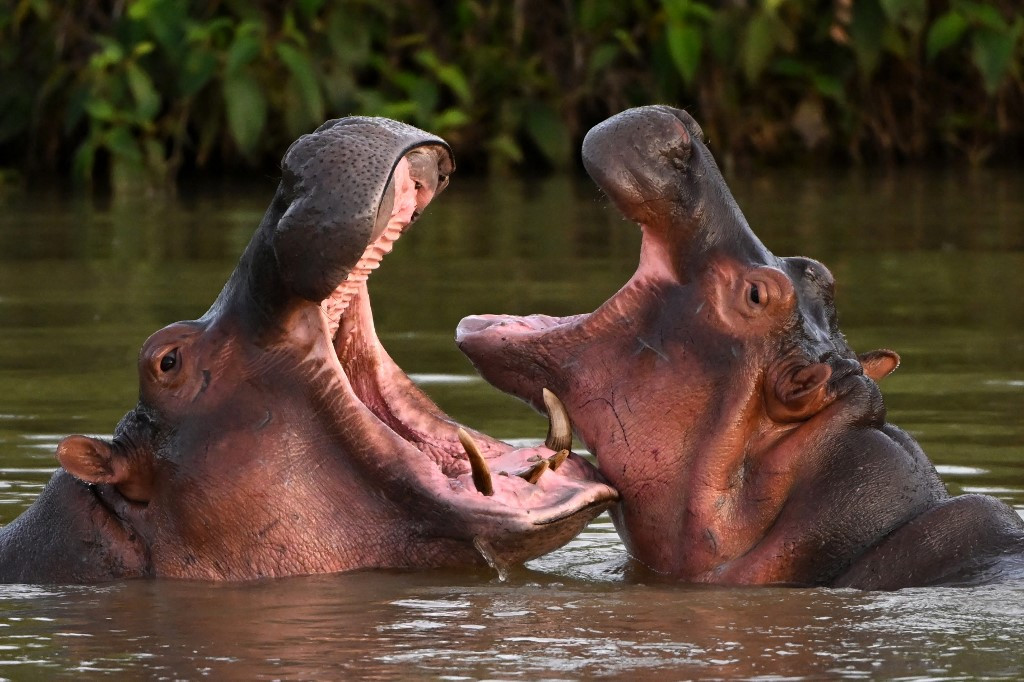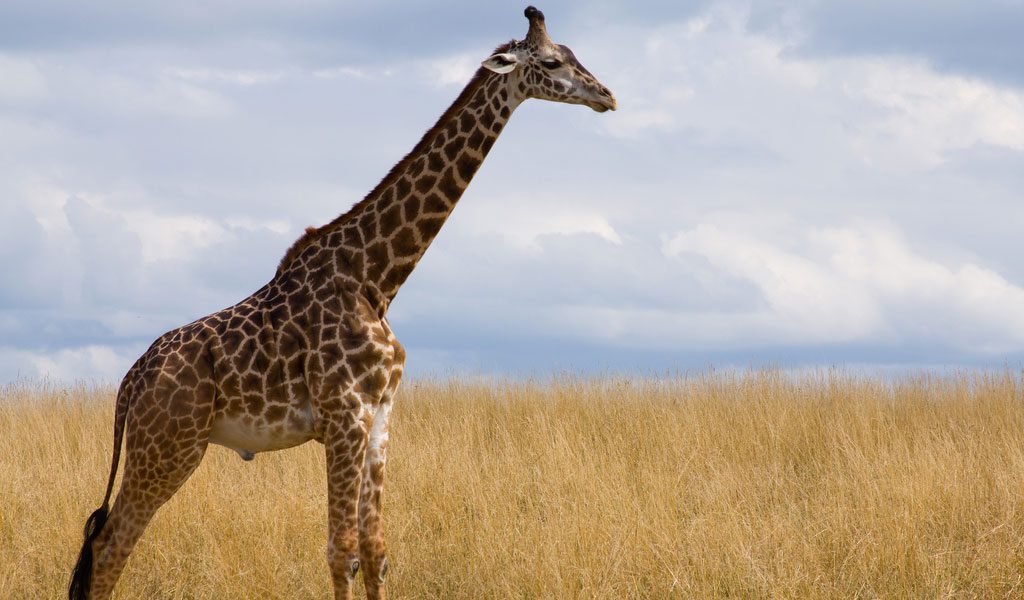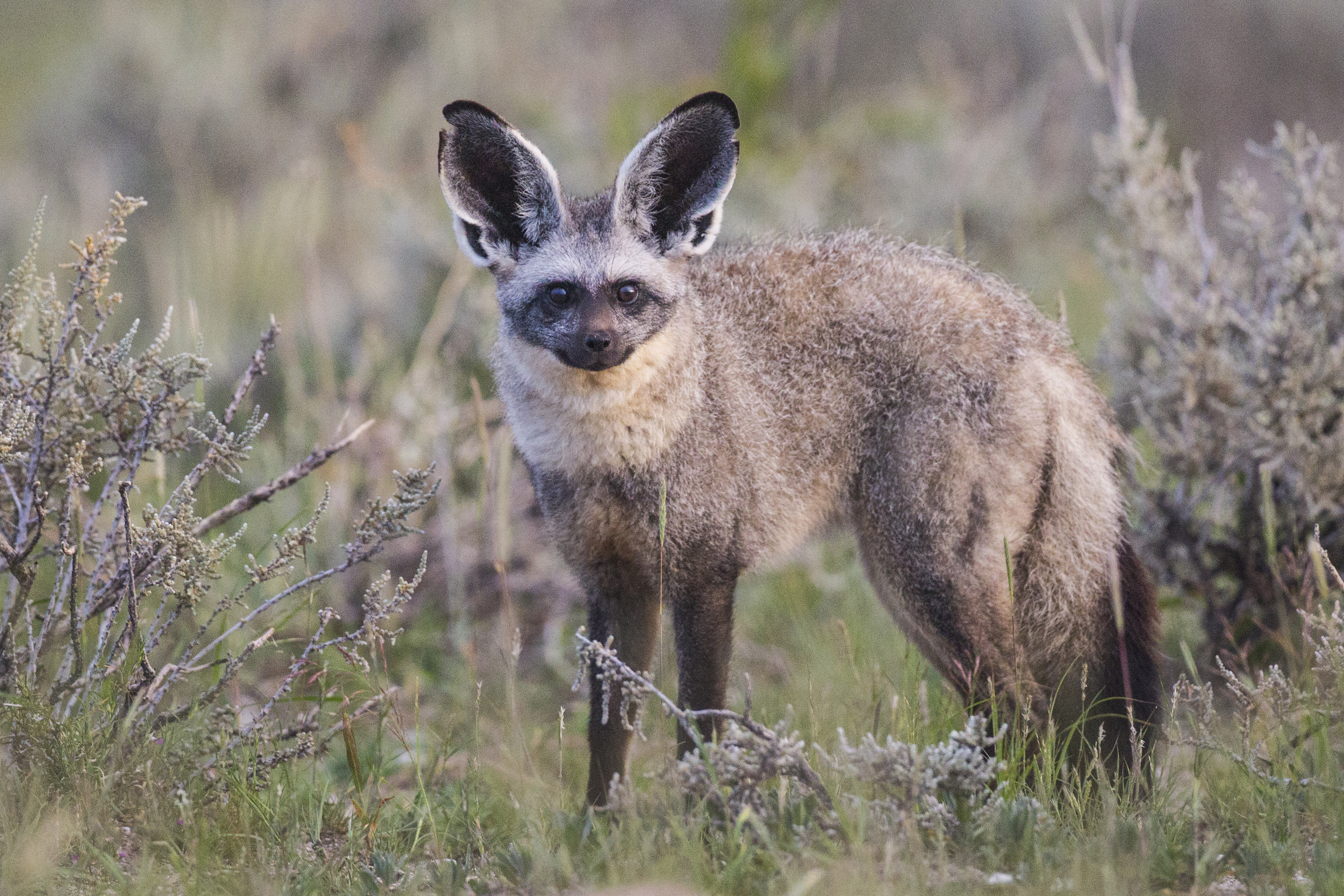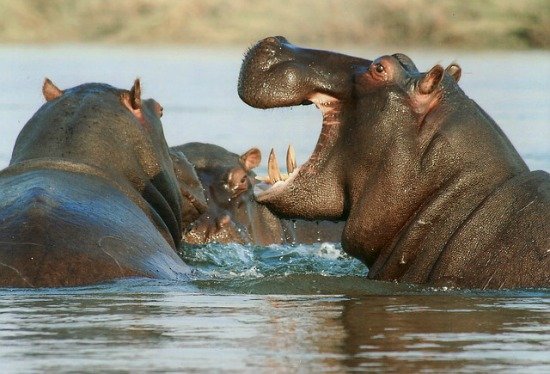Table of Contents
Major Animals In Lake Naivasha National Park
The following are the major animals in Lake Naivasha National Park and they include masai giraffe, hippopotamus, bat eared fox, Kirks Dik Dik, bushbuck, spring hare, vervet monkey, white tailed mongoose, warthogs and many more, can be seen by travelers on a game drive through the park during a walking safari, while riding a bike or horseback, one can see these creatures.
At its highest point, 1,890 m (6,200 ft) above sea level, Lake Naivasha in Kenya is a historic freshwater lake sitauated in the Great Rift Valley aNjorwa Gorge, the lake’s outlet, serves as the gateway to Hell’s Gate National Park, which is home to some incredibly rare breeding pairs of Lammergeyers, commonly known as bearded vultures. The park also features stunning instances of rock formations, a profusion of flora, and animals.
The following are the major animals in Lake Naivasha National Park;
Several different species of freshwater fish, such as black bass, tilapia, and crayfish, as well as several fish-eating birds, such as fish eagles, pelicans, kingfishers, and cormorants, are also some of the Wild Animals at Lake Naivasha. It also has a good population of hippos. Hippos are frequently seen quietly watching events from the calm water of Lake Naivasha, as well as buffalo, antelope, giraffe, warthogs, and monkeys, who are all drawn to the area’s abundant flora.
1.Hippopotamus
Encounter one of the most dangerous animals in Africa in and out of the water. Experience males demonstrating their immense might with giant noisome yawns. Feel their presence on the lake. The Lake is famous for its hippo population, and there are more than 400 here. Lake Naivasha boat trips can be taken from many lakeside lodges and campsites, providing an ideal opportunity to see large pods of Hippo lying half submerged in the water. At night they emerge to graze on the Lakeshore.
Giraffes withdrawing into the woods, watch as females gently lead their young to new forage along the banks. Colobus monkeys in black and white chatter from the safety of the higher trees. Lake Naivasha, one of the most famous lakes in Africa is with numerous well-known naturalists, conversationalists, and filmmakers have called it home. Additionally, it is home to 400 distinct bird species and more than 1500 hippos! Because of this, Lake Naivasha is the ideal place to watch animals.
Ephemeral streams and the perennial Malewa and Gilgil rivers both provide water for the lake. The lake’s water is reasonably fresh, despite the lack of a clearly visible exit, therefore it is assumed that there is one. The region of the lake, despite being renowned for its hippo population, 400 hippos.
Numerous lakeside lodges and campgrounds provide boat rides on Lake Naivasha, which are a fantastic opportunity to see big hippos submerged in the water. They emerge at night to forage around the lake’s edge. Certain Lakeshore resorts and campers are home to the nightly spectacle of these gigantic beasts feeding on the lawns. The majority of people are shocked by a hippo’s size when it comes out of the water. They are grazing right outside your tent entrance, which makes it an even more stunning sight.
 |
2.Wild beest
The Great Wildebeest Migration, also known as the Gnu Migration, Serengeti Migration, and Masai Mara Migration, is one of the few significant terrestrial wildlife migrations that still occur today. It takes place in Africa. It serves as the primary rationale for why so many tourists do a migration safari in Kenya and Tanzania, particularly in the middle of the year.
The Migration is one of nature’s greatest paradoxes: while timing is essential, it is impossible to predict when the animals will move. The exact moment is uncertain, but we can be sure that the wildebeest, together with a few zebra and antelope, will cross the Mara River. Furthermore, the wildebeest will go to different pasture when it rains, but nobody can forecast when it will rain with precision.
3. Masai Giraffe
The Masai Giraffe, which is the tallest of all giraffe species and, at 19 feet tall when fully mature, the largest mammal in the world, is seen to visitors on African safaris in Rwanda, Kenya, and Tanzania.
The Masai Giraffe body is marked with jagged spots and is the largest of all the Giraffe Species. Also noted to be the tallest of all the Giraffe Species and thus becoming the world’s tallest mammal with a fully grown-up height of 19 feet, the Masai Giraffe cannot escape the sight of the world travelers on Africa safaris in Rwanda, Kenya and Tanzania. With a fully developed female towering at 16 feet tall, they are typically shorter than males.
The weight varies; males can weigh up to 3,000 pounds, while females can range between 1,300 and 2,000 pounds. In contrast to females, male Masai giraffes have darker markings. In fact, the herd’s alpha male has the darkest patches, which is remarkable given that he didn’t initially hold that position. There are no spots below the knees on this species that are creamy or white in hue.
Given the strength of their hooves and legs, it makes sense why predators would always try to avoid catching them because just one kick can end a predator’s life. The Masai giraffe is known for being a swift runner, with a top speed of 35 miles per hour. One of the rarest wildlife species in the world, the long necks strangely include valves that block blood from flowing to the head region when the animal bends to sip water.
The Masai Giraffe exhibits excellent social cohesion and thrives in smaller groups. Males only exhibit hostility when vying for dominance and mating privileges. Before mating, there is little to no link between men and females.
Being wholly herbivorous, Masai giraffes eat only vegetation, including seasonal fruits, Acacia leaves, twigs, and flowers. They may spend between 16 and 20 hours a day nursing. They can forage between the thorns thanks to the broad tongue and lips. The females feed from lower branches while the males eat from the right top branches. The Maasai Giraffes may go for a few days without water since they prefer to graze in locations where their food has more moisture.
 |
4.Bat Eared Fox
Bat-eared foxes usually live in groups of two to five. Each group usually has one adult male and one or two adult females. Females give birth to two to six babies called kits. The mother nurses the kits for 15 weeks. Young are fully grown by about six months. Pairs or groups are often found residing near one another, and individuals come together at dusk to play and groom each other.
Bat-eared foxes’ mate for life, and sometimes two females will mate with one male and share a communal den. The father is very invested in rearing young, and he spends a great deal of time babysitting. While the father is watching the cubs, the mother is free to forage for food, including insects, which are a steady food source.
 |
5.Kirks Dik Dik
The hue of Kirk’s dik-diks varies depending on their habitat, but they are normally grayish white on the belly and yellowish gray to reddish-brown on the back. Males have thick, base-ringed horns, which are frequently hidden by a tuft of hair on their forehead.
Beautiful, big, dark eyes with a white ring surround these antelopes. Their eyes are beautiful, yet they offer more than just vision. Below the inside corner of each eye, preorbital glands are visible as a black spot. These glands secrete a thick, gooey substance that is used to scent-mark their territory.
The most distinguishing feature is their elongated snout, which is also an evolved cooling mechanism that stops them from overheating, even in extreme temperatures of up to 40°C (104°F). This also helps minimize their need for water
6.Bushbuck
The most popular activity here is game viewing, which is best enjoyed in the early morning or over a full day of game drives that allow visitors to fully see the park’s natural beauty and the bushland animals in their natural habitat. Numerous animal species can be seen in the park throughout the year, but the ideal time to see them is during the dry season when there are no water sources in the area. Waterbuck, wildebeest, giraffes, and zebras are a few of the creatures to witness. On foot, a horseback ride, a bicycle, or in a safari vehicle, one can watch game.
The ears, chin, tail, legs, and neck of the antelope known as the bushbuck have geometrically shaped white spots or patches. Horns on male bushbucks’ range in length from 10 to 20 inches and grow straight back. Young males develop tightly twisted horns at the age of 10 months, which mature to create the initial loop of a spiral.
 |
7.Spring Hare
This strange species of rodent, which resembles a hybrid of a kangaroo and a rabbit, has baffled experts for a long time. Prior to receiving their own family, springhares were initially housed with jumping rodents called jerboas, then with porcupines, then with scaly-tailed squirrels.
With the aid of their long tail for balance, at lake naivasha spring hares can be seen performing enormous leaps because to their huge back legs. The highly sharp claws on their much smaller forelimbs are what they utilize to dig with. The springhare also has a skin flap that can be fully closed at the base of the ear to keep sand out of the inner ear. Springhares often dwell in burrows, which they seal off with sand once they are inside.
The social interactions of these unusual hares are little understood. One animal, usually a mother with her young or, at most, a couple with their young, lives in each burrow. Sometimes, groups of 30 to 40 people are found together in a somewhat big concentration, and their burrows may be connected.
Springhares consume a variety of plant stems, roots, and sprouts in addition to herbs and fruit. They have been known to travel 10 to 20 kilometers per night in times of extreme drought in search of food and water, but typically they don’t stray more than 25 to 250 meters from their burrows.
 |
8.Vervet Monkey
On Crescent Island at Lake Naivasha in Nakuru County, Kenya, vervet monkeys can be spotted. Kenya’s Lake Naivasha is a freshwater lake that is popular among tourists for its stunning views of monkeys. Vervets are seasonal breeders, giving birth after the rainy season when there is an abundance of food. A single offspring is born after a five and a half month gestation period. Although some vervet moms will still leave their offspring in the care of an interested female, vervet mothers are fiercely protective of their young.
 |
9.White-tailed Mongoose
White-tailed mongooses live predominantly solitary lives; they only form groups when they are young or during mating. While white-tailed mongooses may forage together in regions with plenty of food, they lack the gregarious nature of certain other mongooses. If they come into other members of their species, they typically only sniff each other’s noses before moving on, unless they’re interested in mating.
Male and female domains frequently overlap, yet both sexes have territorial instincts. They scent-mark their territories, just like other mustelids do. Territories frequently have multiple dens, and adults may stay in one den for five to fifteen days before switching to another.
 |
10.Antelope
Africa is the only continent with more antelope than any other, and many tourists go on safari to Lake Naivasha in order to see antelopes.
But after going on a safari, they realize that the antelope family also includes other animals like kudu, eland, gemsbok, waterbuck, nyala, impala, and springbok, each of which has an own specialty and preferred environment.
Because of their giraffe-like necks, gerenuk can access branches that other animals cannot.
Klipspringer are rock climbers who have amazing agility. They do this to avoid being eaten. The most graceful antelope species prefer safety in numbers, especially near Lake Naivasha, although where and how they graze differs.
Frequently Asked Questions
What animals are in Lake Naivasha?
In Lake Naivasha Park, there is a wide variety of fauna. Travelers can see a variety of exotic creatures, including giraffes, zebras, buffaloes, hippos, and many more. On a game drive through the park, a walking safari, a bike ride, or even while riding a horse, you can view these species.
What is found in Lake Naivasha?
Hippos and flamingos are renowned for their large concentrations in Lake Naivasha. You are almost certain to witness one of the nearly 1,500 hippos in the vicinity. With almost 400 different bird species living there, the lake is a birder’s delight.
Does Lake Naivasha have hippos?
The area is abundant with birds, including pelicans, eagles, and kingfishers. The lake also has a lot of hippos.
When to visit lake naivasha?
You are welcome to travel to Lake Naivasha at any time of year. But between June and October is when it’s best. It will be hot because it will be summer during those months, but it is still the best time to travel.
Conclusion
I therefore Recommend you use Kubwa Five Safaris for your thrilling vacations in Africa with the best tour packages and destinations worth visiting. Check our website today for your tailor made itinerary.

